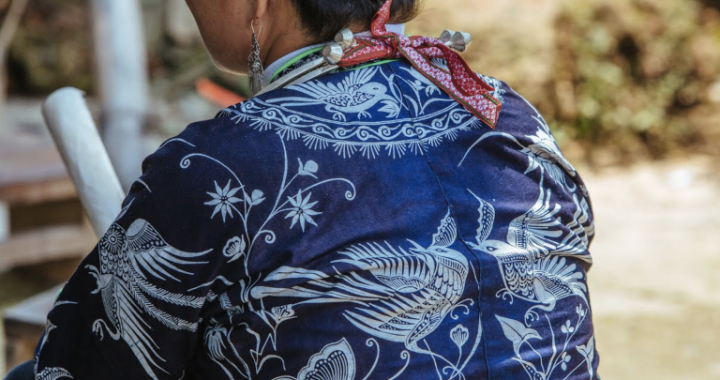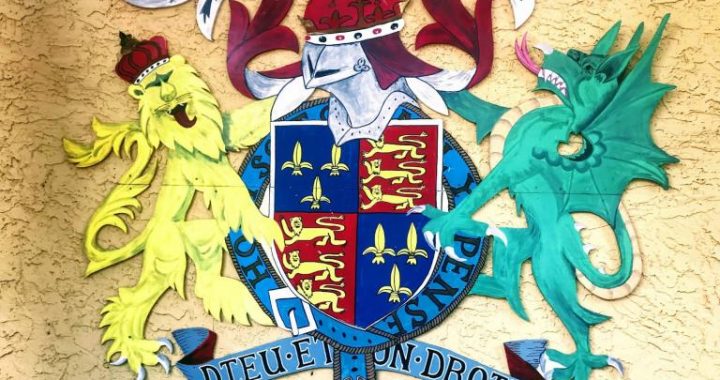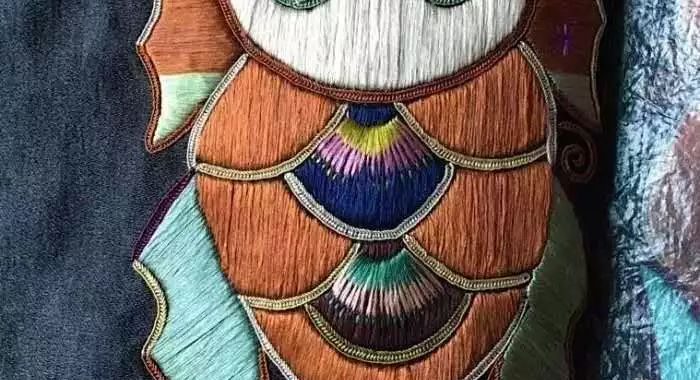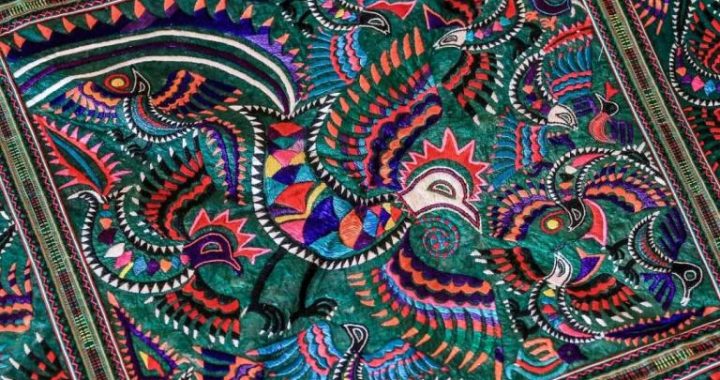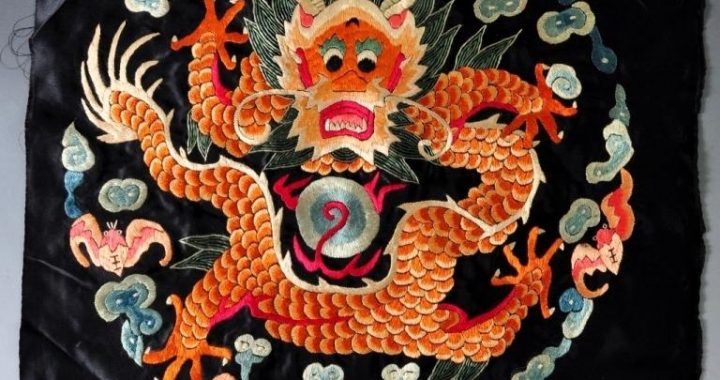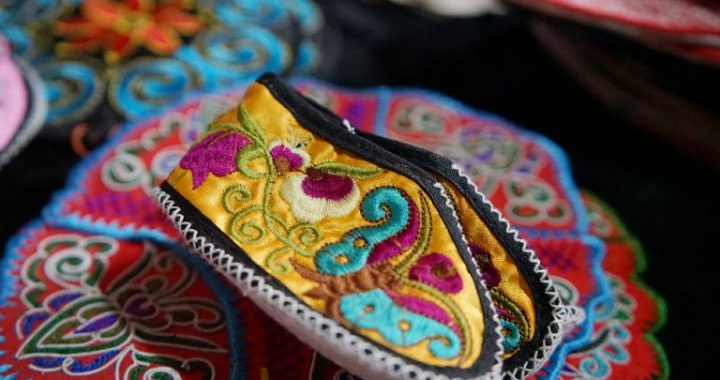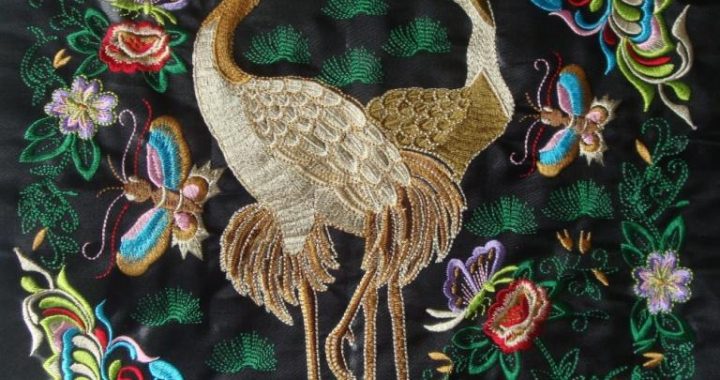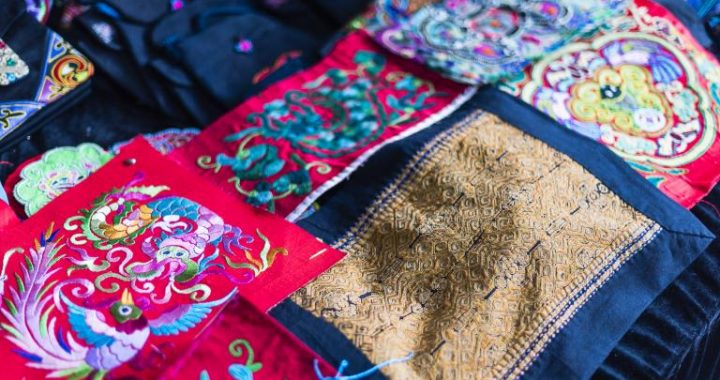The Scene of the North with flying eagles and running deer
2 min readDuring the Song dynasty, ethnic minorities had more influence on Central Plain, especially from the Khitan and Nuzhen in the north. The culture of the northern grassland, characterized by pasture, welkin, running deer and flying eagles, became an inseparable constituent of the Chinese culture, Every year, the nomadic nations would hold various hunting activities, the most important being shooting wild geese on riverbank in spring and hunting in forest in autumn. These two activities were more favored by the nomads, thus portrayed more frequently on textiles and other artworks, and were specially named “spring water and autumn mountain”.
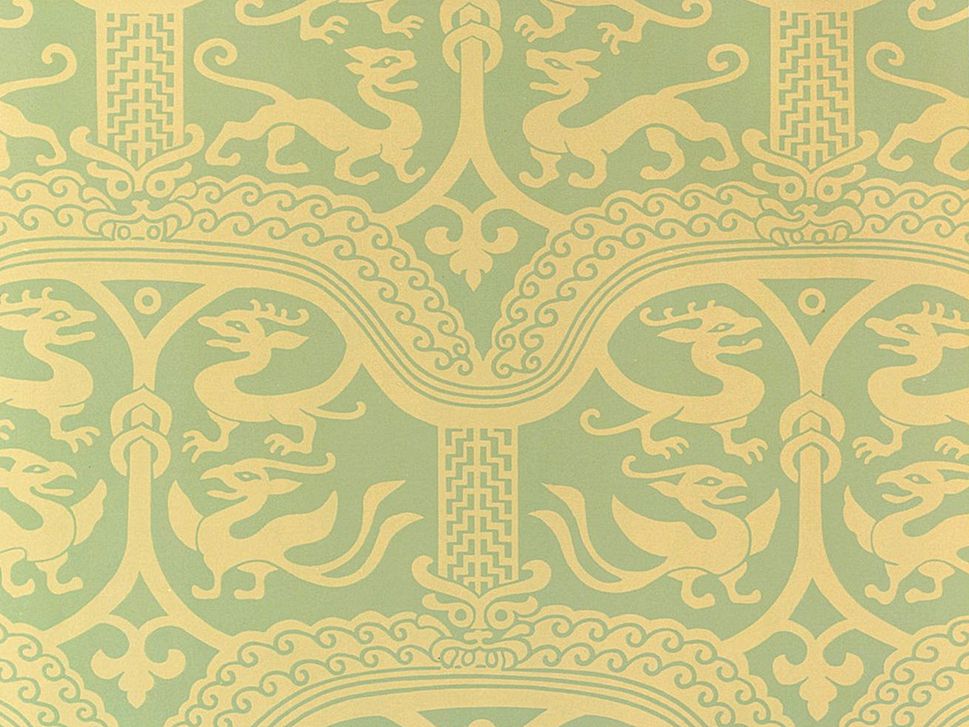
Though wild geese and swans were preys during a hunting season, their images onsilk textiles didn’t thereby become any weaker. On the contrary, wild geese were popular in the Liao dynasty, as they always flew in orderly formation. On a gauze collected privately, two wild geese were embroidered on the textile frolicking over a pond. On a tabby woven with gold thread excavated from a Jin tomb in Acheng ofHeilongjiang province, two cranes were flying freely, representing harmoniousness between man and nature.
On the other hand, deer was also a popular motif on silk textiles of Liao, as it was a common animal in the hometown of the Khitans. On textiles with the “autumn mountain”motif in particular, the scene of an eagle chasing deer was usually portrayed. In one of the most important Liao tomb excavated to date-Yelu Yu-zhi’s tomb, who was a relative to Yelu Abaoji, and a high ranking official in the Liao dynasty, many “autumn mountain”patterns were found, and among them was an embroidery with the pattern of an eagle chasing deer. Deer were also portrayed in other scenes as well, all very lifelike, reflecting the great skill of KhitanThe scene of eagle hunting is also depicted on a piece of embroidery on red gauze ground excavated in Baita of Qingzhou, Inner Mongolia. In the centre of the embroidery is a pearl roundel, inside which there is a cavalier wearing leather hat, coat and boots with cocking yellow mustache. He raises a falcon in each of his hands, which is a normal raptor used for hunting in the north, with a local name “Haidongqing”. The silk textile was so ingeniously embroidered, that the cavalier was portrayed very lively, as if he was setting out for hunting.
